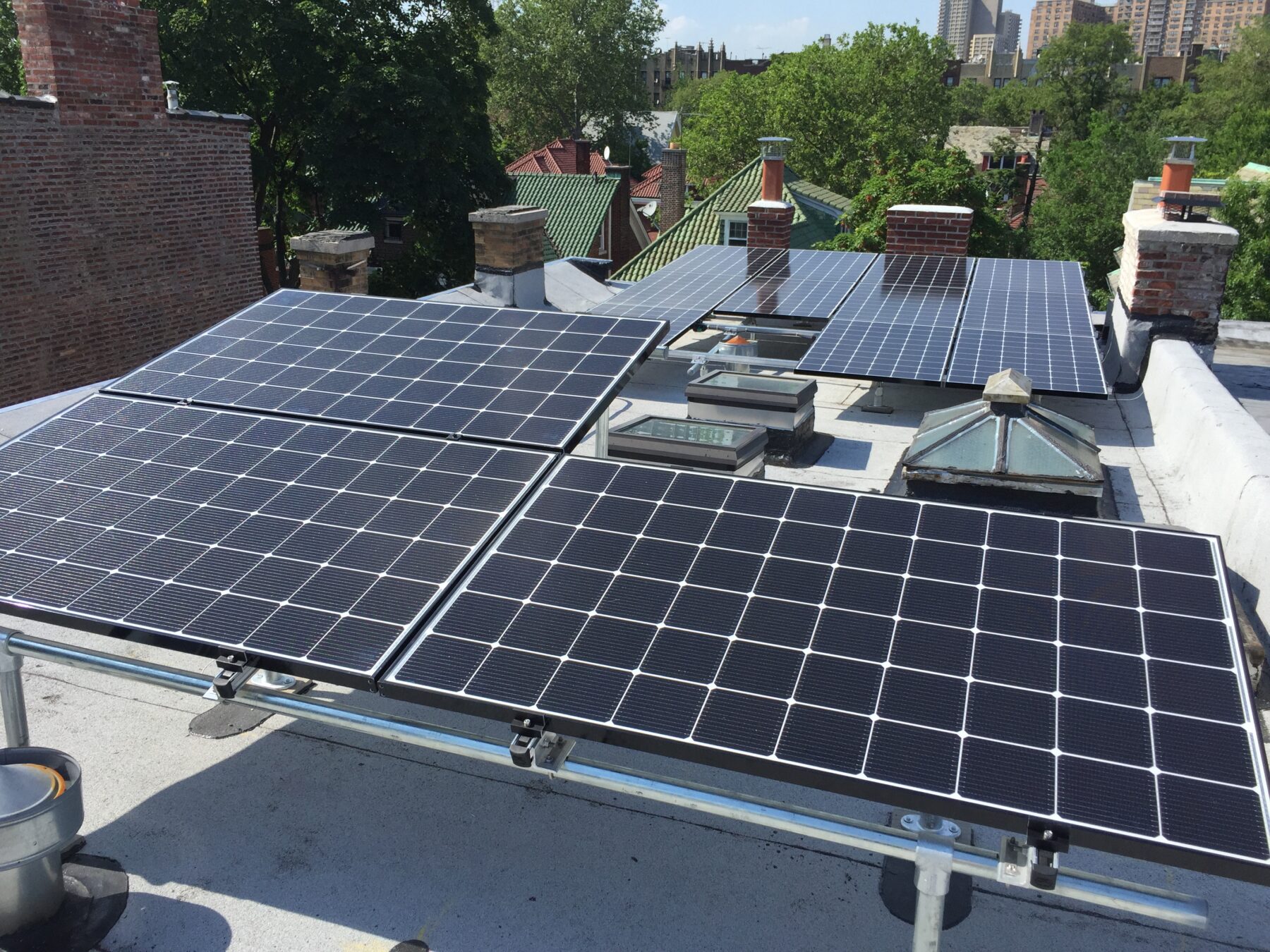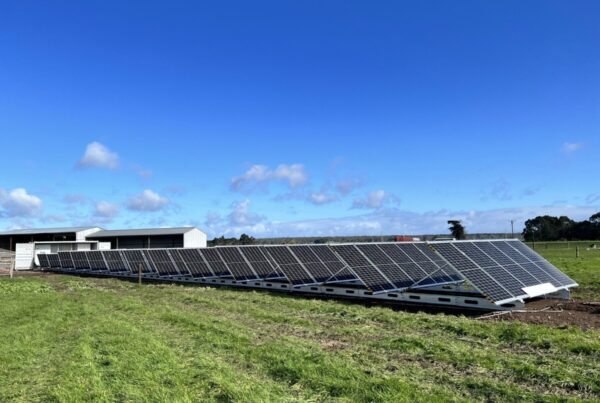By Caroline Spivack – Crain’s New York
Published July 22, 2025
The Big Beautiful Bill Act enacted by Congress earlier this month kills a 30% tax credit to help finance solar projects for residential buildings after 2025. It also ends a separate 30% tax credit by 2027 for solar projects built by commercial developers, including landlords who own multi-family housing, businesses, or companies that build solar farms. Those projects must be in construction or fully operational by the deadline to get the federal tax credit. President Trump has since issued an executive order that directs the U.S. Treasury by August 18 to publish guidance that may limit what qualifies as having commenced construction for a commercial project.
Energy and real estate experts say the changes will make it more challenging and costly for properties to go solar, and are a setback for New York’s solar industry. That’s especially bad news for co-op and condo buildings looking to swap out gas-powered systems with solar. Those buildings, among others, must shrink their carbon emissions to meet the escalating mandates of Local Law 97, a city law that requires most large buildings to reduce their carbon emissions with green technologies.
—
The CEO of the Brooklyn SolarWorks, T.R. Ludwig, said in recent weeks that he’s fielded several panicked calls from property owners eager to install solar before the end of the year. At the moment, they have more than 200 projects — roughly 40 per month — in the pipeline before the year’s end. But once the federal residential tax credit is no more, Ludwig fears what that could mean for demand and for the 80 workers his Gowanus-based company employs.
“We’re seeing real spiky demand, and I think that’s never good for things to be so volatile,” said Ludwig. “It’s going to put pressure on companies like us to adapt and optimize our cost structure, and try to find other ways to get people interested in going solar.”
Installing rooftop solar panels on city co-op and condo buildings tend to cost anywhere from $50,000 to north of $100,000 depending on the property, said Wistar-Jones. It can often take more than six months to get a project operational, but at a minimum it takes a few months to process the paperwork and get city inspections done before panels can soak up the sun. Putting solar panels on top of a home is a bit less onerous, generally costing between $20,000 to $60,000, and usually takes two to three months to get up and running, said Ludwig.
Read the full article here





